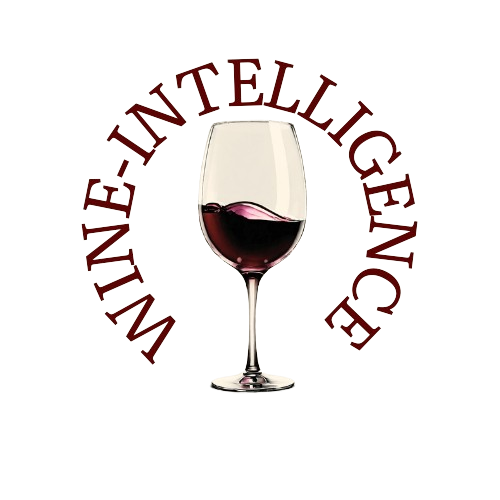The European wine sector stands at a crossroads.
As climate pressures mount, consumption patterns shift, and global trade evolves, the coming decade will define how resilient and innovative the industry can be. In anticipation of the Spring Workshop in Brussels on 13–14 May 2025, the European Commission is conducting a comprehensive survey of wine growers and traders to map out what the future might hold for the wine industry through 2035.
This initiative will contribute to shaping the EU Agricultural Outlook 2025–2035, focusing on how competitiveness, sustainability, and international trade will evolve, and what new dynamics might emerge across the sector.
Competitiveness: What Will Drive the Sector Forward?
Increased competitiveness in the wine sector will depend on:
- Technological Innovation: From precision viticulture to AI-driven vineyard management and disease control, innovation will be crucial in improving yields and quality.
- Market Diversification: Expanding into emerging markets such as Asia and Africa will mitigate risks associated with traditional export destinations like the UK and USA.
- Brand Value and Origin: Strengthening Protected Designation of Origin (PDO) labels and storytelling around terroir will enhance perceived value, especially in premium segments.
- Digital Marketing and E-commerce: Post-pandemic consumer behaviour favours online wine discovery and purchase, offering small and medium producers a broader global reach.
- Labour Adaptation: Addressing labour shortages through mechanisation and upskilling will be essential to remain competitive.
Sustainability: A Non-Negotiable Priority
The EU wine sector’s long-term viability will hinge on sustainability. Key contributing factors include:
- Climate-Resilient Viticulture: Breeding drought- and heat-tolerant grape varieties and shifting cultivation to more suitable zones will become standard.
- Water and Soil Stewardship: Efficient irrigation, organic practices, and regenerative agriculture will be necessary to mitigate resource depletion.
- Carbon Footprint Reduction: Innovations in packaging (e.g., lighter bottles, bag-in-box), renewable energy in wineries, and carbon offset programs will be widely adopted.
- Sustainable Certifications: Demand from both consumers and trade partners will push producers toward transparent environmental and ethical certifications.
Will Per Capita Wine Consumption Increase or Decrease?
According to the EU’s 2024–2035 agricultural outlook, wine consumption is projected to decrease by 1% annually, dropping from an average of 22.3 liters per capita to 19.8 liters by 2035. Key drivers:
- Changing Lifestyles: Younger generations drink less and seek healthier alternatives.
- Health Regulations: Stronger health warnings and tighter marketing rules are expected, following similar trends to tobacco.
- Product Innovation: While traditional wine faces challenges, there may be a rise in lower-alcohol and alcohol-free wine segments, offering new growth opportunities.
Exports: A Landscape of Challenges and Opportunities
The outlook for EU wine exports is a decline of 1.2% per year. Contributing factors:
- Geopolitical Tensions: Trade disputes, tariffs, and political instability can disrupt traditional export channels.
- Currency Volatility: Fluctuating exchange rates can impact the competitiveness of European wines in non-EU markets.
- International Competition: Countries like Australia, Chile, and the USA are aggressively expanding their footprint in key markets.
Yet, opportunities remain:
- Premiumisation: While volume may decline, value could increase through high-end offerings.
- Tourism Synergy: Wine tourism and regional branding can enhance demand, particularly in southern Europe.
- Cultural Appeal of European Wines: Heritage, craftsmanship, and authenticity continue to resonate with global consumers.
Looking Ahead: The Role of Policy and Collaboration
The EU’s role in supporting the wine sector will be vital. CAP reform, research funding, and investment in rural development will shape how well the sector adapts. Multi-stakeholder collaboration—between farmers, researchers, policymakers, and businesses—will be key to addressing uncertainties such as:
- Sudden climatic shifts
- Labour and land-use constraints
- Evolving consumer ethics and demands
As the Spring Workshop in Brussels approaches, all eyes will be on how industry professionals envision the path forward. Will innovation, resilience, and sustainability be enough to counteract declining consumption and environmental stress? The next ten years will reveal how adaptable and forward-looking the European wine sector truly is.
Source: WineNews

